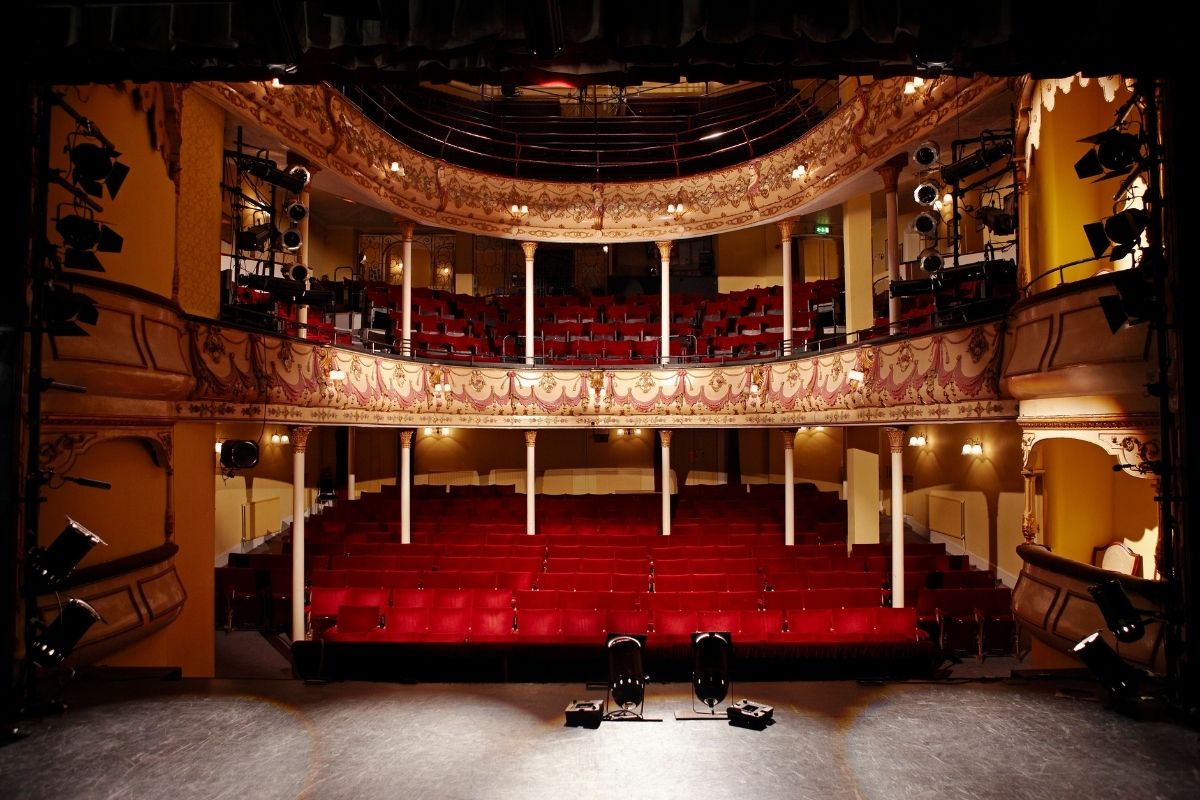Performing Arts: Simon Hale Discusses the Sound Budget
In a theatrical context, one of the big things that you focus on is the band. You first ask yourself what the band is going to be and how many people will be in it. You often make that decision or at least start to formulate some possible answers before you ever speak to any orchestrator. Why? It all comes down to your production’s sound budget.
A Sound Budget’s Impact
While preparing a production, there will be issues because of the budget. Cost must be taken into account. We might say that we think we can afford four musicians or 14 musicians or 140 musicians, whatever the number that works for that production, but then we have to look at our budget before we go any further. The budget is essential to making a theatrical production work, after all. I must remind myself that I can’t be insensitive to those issues.
I have to look at that number and ask myself how do I make it work. Can I make that work? Do I feel I need to argue for more musicians?
Working Within a Budget
Somebody might say, for example, “You’ve got 12.” You might think: Okay. Well, we need to have this, that and the other to suit this style of music. Generally speaking, we have six, seven, or eight choices in say that kind of number, which are going to be absolutely essential.
If it’s a pop kind of score, you know you’re going to need drums, bass guitar, and people. These things are pretty obvious. You then think about what other band-related things you need. What other colors are you looking for within this production? What’s going to tell this story best?
You might then say to yourself: I really think I’m going to need to have 13 for this production, which means you must try to make a convincing argument to the GMs. Sometimes, it works. You get what you need. Sometimes, it doesn’t work, and then you have to find a way to make the score sound as good as it can within the confines of what’s available.
Performing Arts Education
One thing you learn more about through your online performing arts education is how the sound budget and other budgets impact a production. You also learn methods to help you try to make certain that a show will go on as planned even if a budget doesn’t support everything that would normally go into that particular production.


